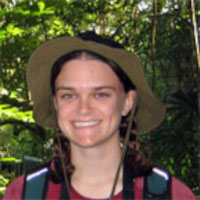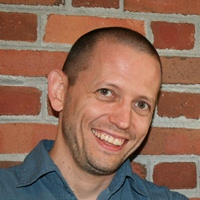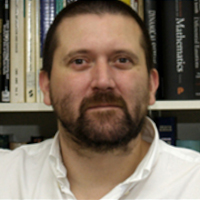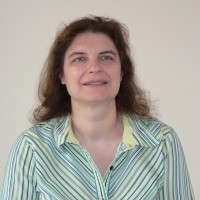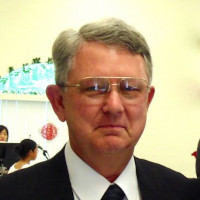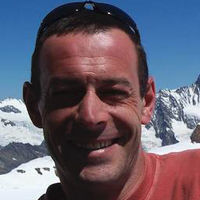Elizabeth Hamman (UF Biology)
368 Little HallSpatial patterns of coral occupants arising from propagule redirection Many habitats are fragmented and consist of patches scattered throughout a landscape. Within these patches, many organisms are distributed heterogeneously. Differences in distribution are often attributed to factors that affect the settlement process, such as habitat availability, quality, and the presence of conspecifics. The addition of …
